Welcome! Join me as I dive into the world of automotive brake systems, focusing on two prominent players: ATE and Dynamic Friction.
We’ll explore everything from their performance, quality, to prices, weighing their pros and cons.
By the end, we’ll assess which brand truly leads the pack.
Get ready for a thrilling ride through the mechanics of stopping power!
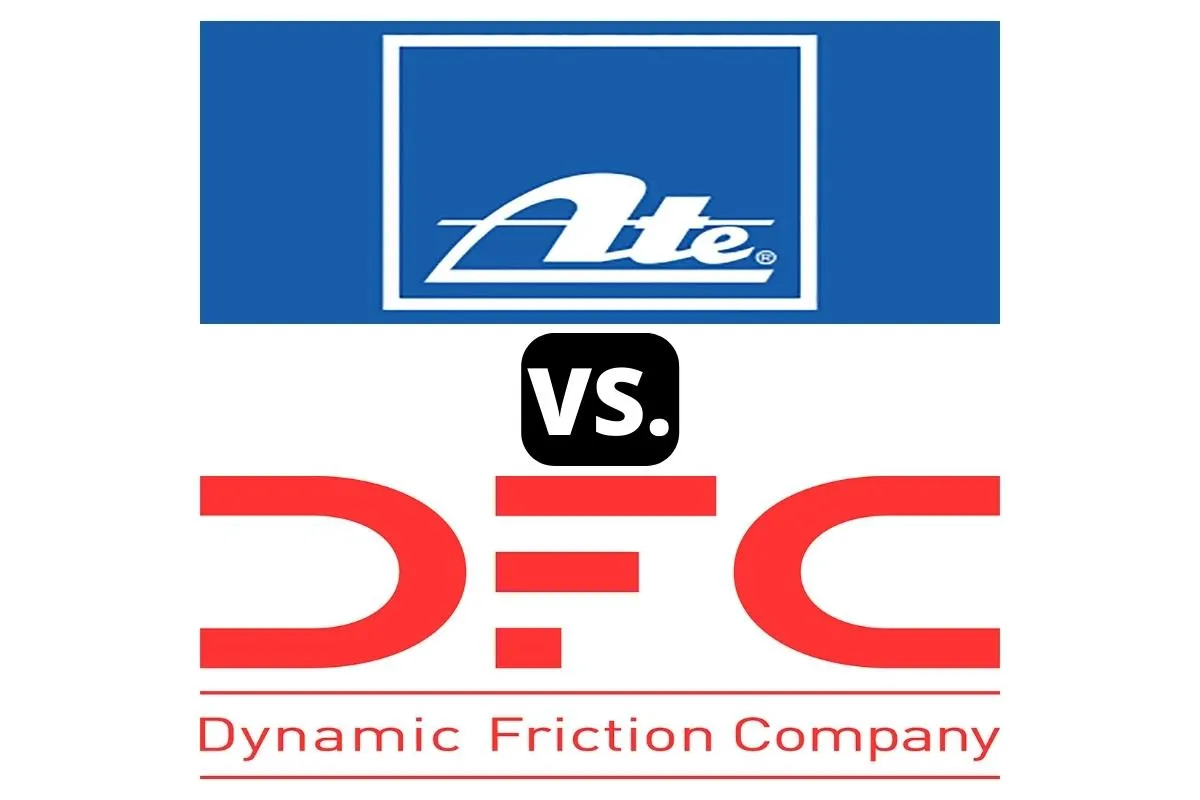
ATE vs Dynamic Friction – Brand Comparison Table
| ATE | Dynamic Friction | |
| Country of Origin | Germany | United States |
| Year Founded | 1906 | 2015 |
| Made In | mostly in Germany, Czech Republic, China | mostly in United States |
| Founder | Alfred Teves | Dino Crescentini |
| Parent | Continental AG | Stand-alone |
| Overall Quality | they use only high-quality OEM materials, and their name stands for precision and reliability | one of the best quality pads on the market – their 5000 Series |
ATE Cod vs Dynamic Friction Zinc Coated Drilled and Slotted Brake Rotors Comparison
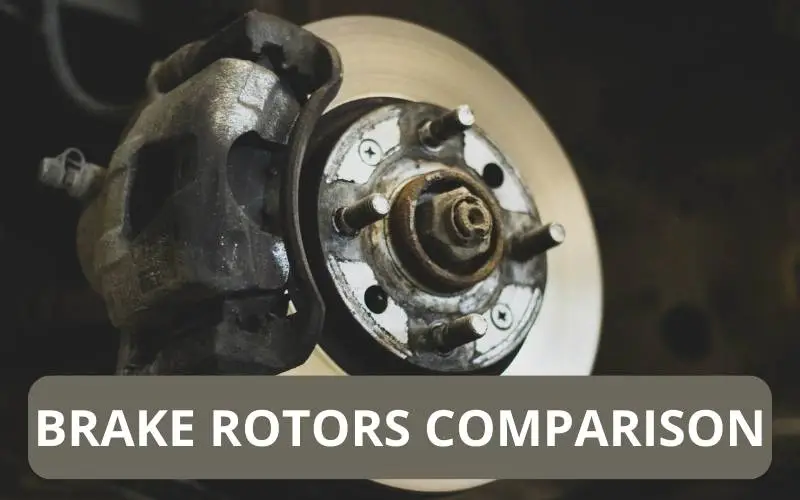
In this section, I’m going to compare the most popular Series – Cod and Zinc Coated Drilled and Slotted from both brands by various product specs & features, prices, warranty, durability, performance, stopping power and noise levels.
Here is a detailed comparison table showcasing what each brand has to offer:
| ATE | Dynamic Friction | |
| Series | Cod | Zinc Coated Drilled and Slotted |
| Material | High Carbon | Cast Iron |
| Coating | MetaCote protective anti-corrosion | Zinc coated |
| Type | Vented/Solid | Vented |
| Durability | Optimizes durability, prevents brake judder and noise, reduced rotor wear, extends service life of wheel suspension and wheel bearings | Superior durability thanks to the premium G3000/G11H18 iron castings |
| Performance | Optimum performance at all temperatures, less susceptible to noise and vibration | Improved brake grip and increased stopping power |
| Price | $40.23 – $315.25 | $36.00 – $1292.00 |
| Warranty | covers defects in material and workmanship for 12 months | 12 months/12,000 Miles Limited Warranty |
| Stopping Power Rating (More Stars = More Stopping Power) | ⭐⭐⭐ | ⭐⭐⭐⭐ |
| Noise Levels Rating (Fewer Stars = Less Noise) | ⭐ | ⭐ |
| Performance Over Stock Rating (More Stars = More Performance) | ⭐ | ⭐ |
ATE Premium One Set vs Dynamic Friction 3000 Semi-Metallic Brake Pads Comparison
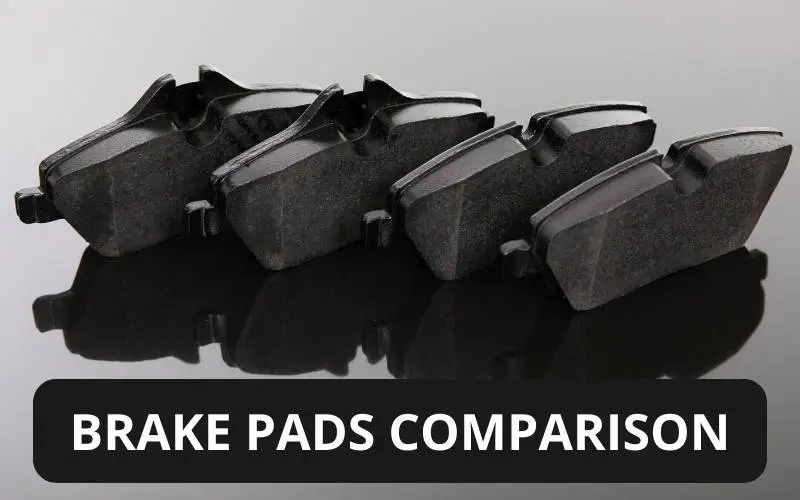
In the following section, I’m going to compare the most renowned Brake Pads series from both brands by various product specs & features, prices, warranty, performance, stopping power, brake dust accumulation and noise levels.
Here is a detailed comparison table showcasing what each brand has to offer:
| ATE | Dynamic Friction | |
| Series | Premium One Set | 3000 Semi-Metallic |
| Material | Ceramic | Semi-Metallic |
| Performance | ATE Premium One brake pads offer a clean, quiet, and long-lasting braking experience. Their solid performance is attributed to an innovative brake pad compound that incorporates advanced fibre technology. | The Dynamic Friction 3000 Semi-Metallic Brake Pads are meticulously designed to offer optimal braking power and consistent friction performance across a broad temperature range. These pads serve as the perfect replacement solution for your passenger or light-duty truck. |
| Price | $39.95 – $322.33 | $18.00 – $94.00 |
| Warranty | covers defects in material and workmanship for 12 months | covers defects in material and workmanship for 12 months/12,000 Miles |
| Dust Levels Rating (Fewer Stars = Less Dust) | ⭐ | ⭐⭐⭐ |
| Stopping Power Rating (More Stars = More Stopping Power) | ⭐⭐⭐ | ⭐⭐⭐⭐⭐ |
| Noise Levels Rating (Fewer Stars = Less Noise) | ⭐ | ⭐ |
| Performance Over Stock Rating (More Stars = More Performance) | ⭐ | ⭐⭐ |
Differences
1. Overall Performance and Quality
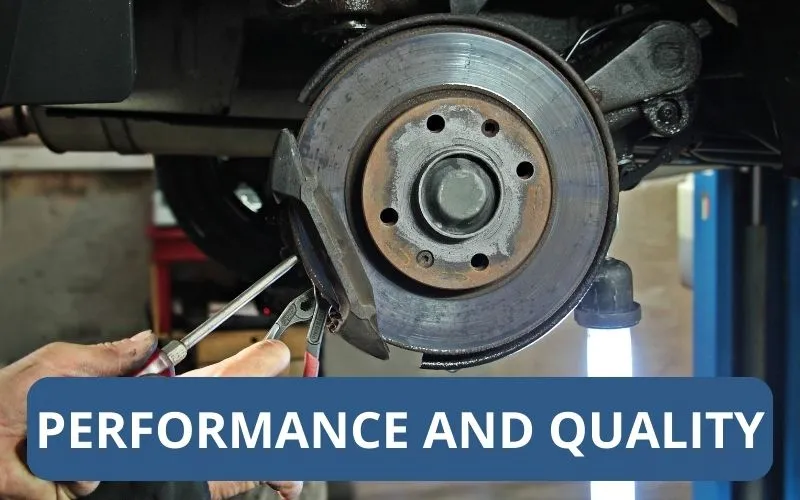
Comparing ATE and Dynamic Friction in terms of performance and quality gives us a balanced view of both brands.
ATE:
- Users reported ATE brake parts are high-quality. They were praised for their long lifespan, with one user’s front pads lasting over 20,000 miles.
- Some customers preferred ATE pads for their softer composition compared to other brands such as Pagid, offering better grip especially on rear discs. They also noted the absence of squealing noise.
- ATE’s performance discs and ceramic pads were lauded as great OEM+ options in online discussions, often compared favorably with other top brands like Akebono and Pagid.
Dynamic Friction:
- Dynamic Friction’s front brake pads received positive reviews for their quietness and braking quality comparable to stock pads. They were also praised for producing little brake dust.
- The DFC Geospec rotors were recommended by a user who had used them for almost a year without any complaints.
- One user replaced his Dynamic Friction rotors and pads but switched back due to perceived lower quality of other brands.
- A common drawback noted was the DFC 1000 brake pads’ tendency to produce lots of dust, despite their high performance and suitability for daily drives or track days.
In conclusion, both ATE and Dynamic Friction have their strengths and minor drawbacks, with ATE praised for their durability and quiet operation, and Dynamic Friction noted for their performance and comparability to stock parts.
2. Rotors and Brake Pads Prices
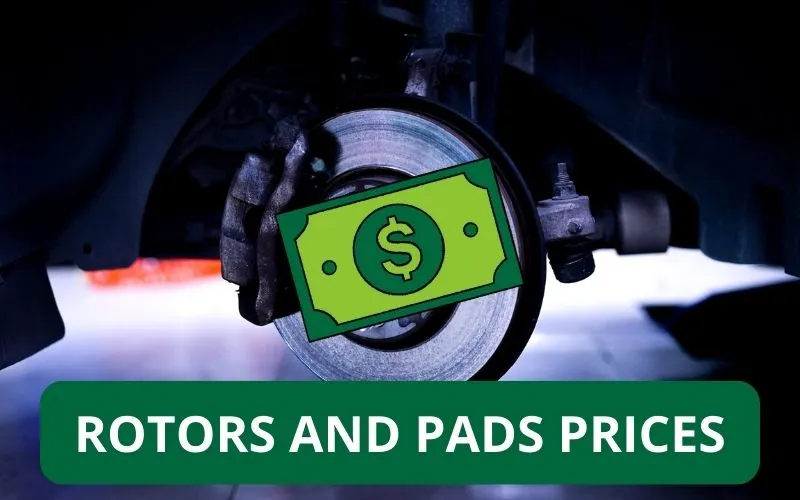
I’ve gathered some interesting information regarding the brake rotor prices for both brands. You can take a look at them in the table below:
| ATE Rotors Prices⁽¹⁾ | Dynamic Friction Rotors Prices⁽²⁾ | |
| Lowest Priced Rotors | ATE Rear Brake Rotor goes from $34.89 | DFC Premium Plain Disc Brake Rotor goes from $12.08 |
| Most Expensive Rotors | ATE Front Driver Side Brake Rotor goes for $34.89 | DFC Hi-Carbon Alloy GEOMET Drilled and Slotted Front Brake Rotor goes for $1,109.42 |
Alternatively, you can see the brake pads prices for ATE and Dynamic Friction below:
| ATE Brake Pads Prices⁽¹⁾ | Dynamic Friction Brake Pads Prices⁽²⁾ | |
| Lowest Priced Pads | ATE Original Semi-Metallic Front Disc Brake Pads go from $21.61 | DFC 3000 Semi-Metallic Rear Disc Brake Pads go from $11.85 |
| Most Expensive Pads | ATE Original Semi-Metallic Front Disc Brake Pads go for $323.93 | DFC Track/Street Low Metallic Front Brake Pads go for $182.23 |
3. Pros and Cons
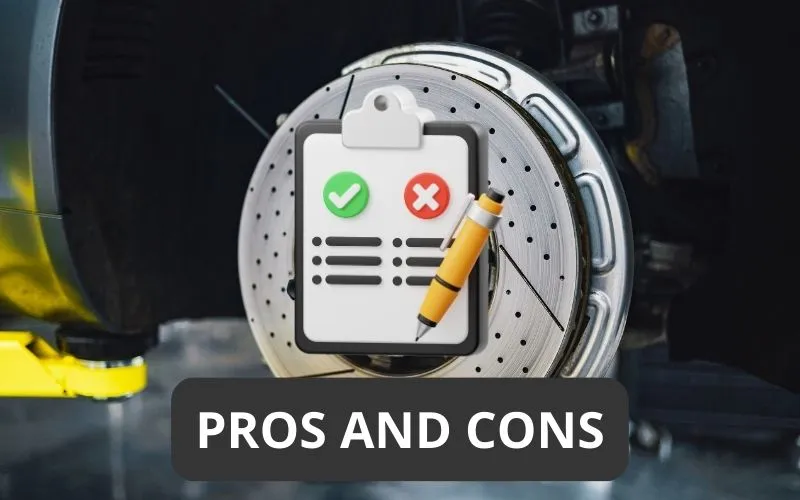
In this section, I’ve tried to showcase the most noticeable advantages and disadvantages for these two experts in brakes.
ATE
| Pros | Cons |
| ✔ Outstanding safety and durability | ❌ ATE Brake pads are not intented for heavy loads |
| ✔ Good value for money | |
| ✔ OEM supplier |
Dynamic Friction
| Pros | Cons |
| ✔ OE quality brake products | ❌ The usual excesive amount of brake dust from most of their pads |
| ✔ Wide range of products | |
| ✔ Great for track use |
Which Is the Better Brand Overall?
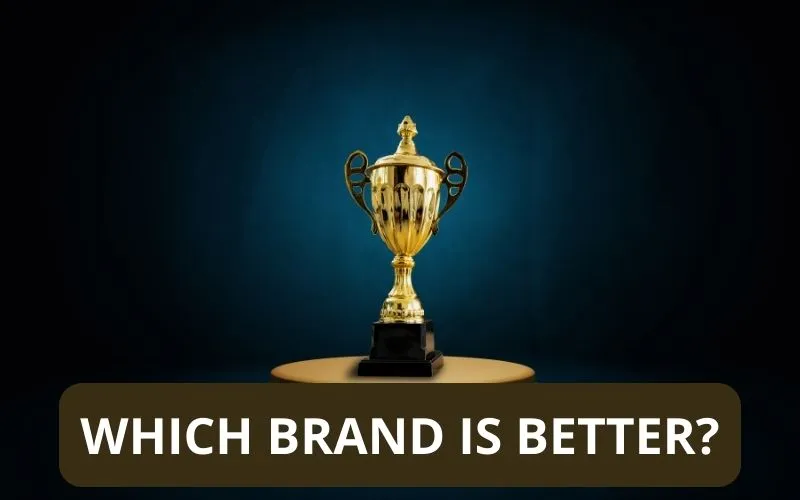
Considering the feedback, both ATE and Dynamic Friction offer quality brake products, each with unique strengths.
However, ATE’s consistent positive reviews, quieter operation, and excellent performance give it a slight edge.
Despite Dynamic Friction’s commendable performance, the heavy brake dust issue can be a drawback for some.
So overall, I’d lean towards ATE as the better pick.